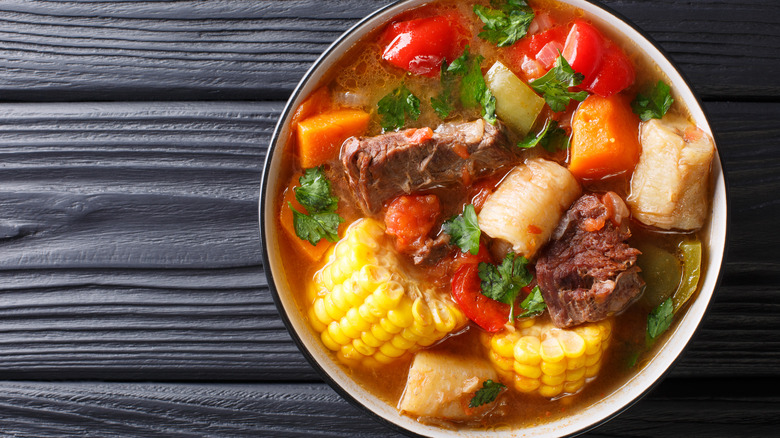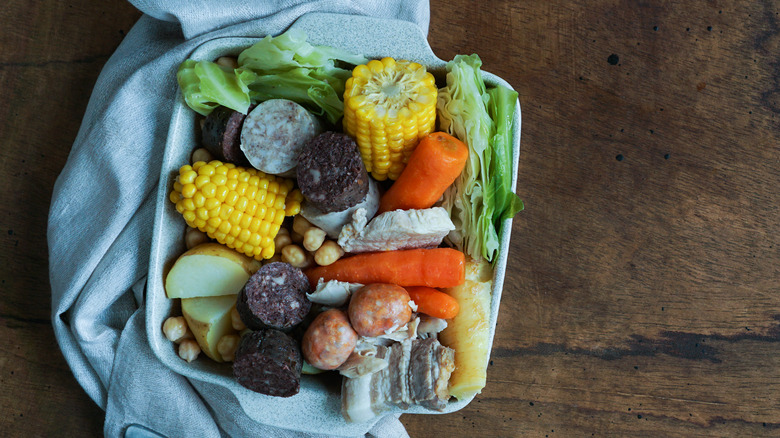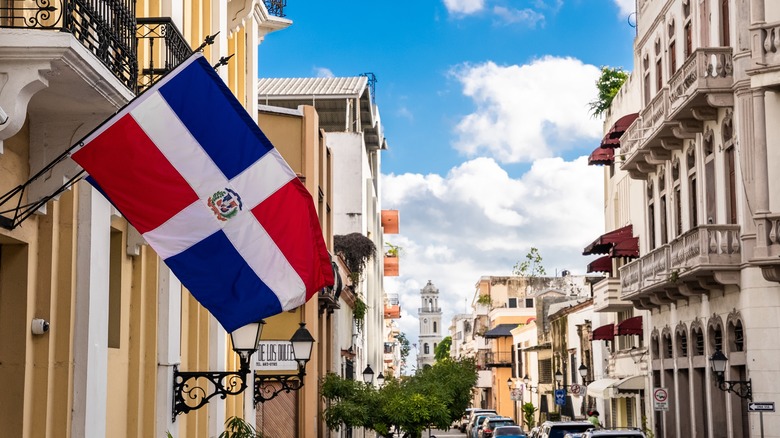What Makes Sancocho Meat Stew Unique?
A big hearty bowl of beef stew is one of the most comforting foods on the planet. Chock full of rich proteins, savory broths, and soothing vegetables, there's a lot to like about these kinds of dishes. Most people will be familiar with some of the more well-known varieties of this category from goulash to traditional Irish stews, but there's a whole lot more to the lineup. If you're a fan of any of beef stew, then sancocho meat stew will be right up your alley.
Sancocho is a stew that hails from the Dominican Republic and features many different ingredients that are native to the region. This dish uses traditional Dominican ingredients such as Cubanelle peppers, malanga, and auyama, and that's exactly what sets it apart from other beef dishes. For those that are unfamiliar with these ingredients, Cubanelle peppers are a special variety of sweet peppers that are especially vibrant in color. Malanga is an earthy root vegetable similar to taro, and auyama is a type of pumpkin that's super versatile and used often in Dominican cooking.
The backbone of this dish are the starchy vegetables used here and the extra-rich broth that comes from the stewed meats. Some of the more unique elements aside, here's some of the other ingredients that come together in sancocho meat stew that sets it apart from other meat medleys.
Other unique elements of sancocho
Sancocho meat stew uses a lot of different proteins. Some traditional recipes call for up to seven different types of meat, but the main players are often short rib, pork, and chicken. The meat-heavy dish has a rich broth full of plenty of other flavorful additions too like garlic, celery, cassava, and even orange juice for an especially well-rounded flavor. And that's just a small taste of the ingredient list.
Because of all the elements that make sancocho, this dish is often exclusively served on special occasions such as New Year's Eve, usually over a bed of rice. So if you're in the market for an easy beef stew, this isn't it, but that wide breadth of ingredients is another great thing that sets it apart from other meat dishes.
For those who want to tackle this recipe at home, most of the ingredients can be found at a Spanish market or online. If not, some easy swaps can make for close substitutes for any of the more difficult-to-find ingredients, such as taro or potatoes for malanga, kabocha squash for auyama, and banana or poblano peppers for Cubanelle peppers. A lot goes into this dish, so make sure to set aside plenty of time to cook it. But the long ingredient list not only elevates the flavors here, it also has something to do with sancocho's complicated origin story.
The origins of this rich traditional dish
Sancocho meat stew is a culturally important dish in the Dominican Republic, and different takes on this stew are all over Latin America. The dish has its origins in the Canary Islands and was brought to Latin America and the Caribbean sometime in the late 1400s during the times of Spanish colonization. Some believe the dish came about due to slavery. During this time large "plantation stews" made with leftover table scraps or spare crops from nearby farms were often served.
While the origins of this dish are complicated, the stew has risen to become a widely-celebrated dish across the Dominican Republic and beyond. (And to taste it is just one of many reasons people visit the Dominican Republic.) Sancocho stands in a category of its own thanks to its sheer size and many hearty elements. Plenty of different varieties of this dish exist all across Latin America, so if you're curious, give just one a try and see how it stacks up against the many other popular meat stew dishes.


